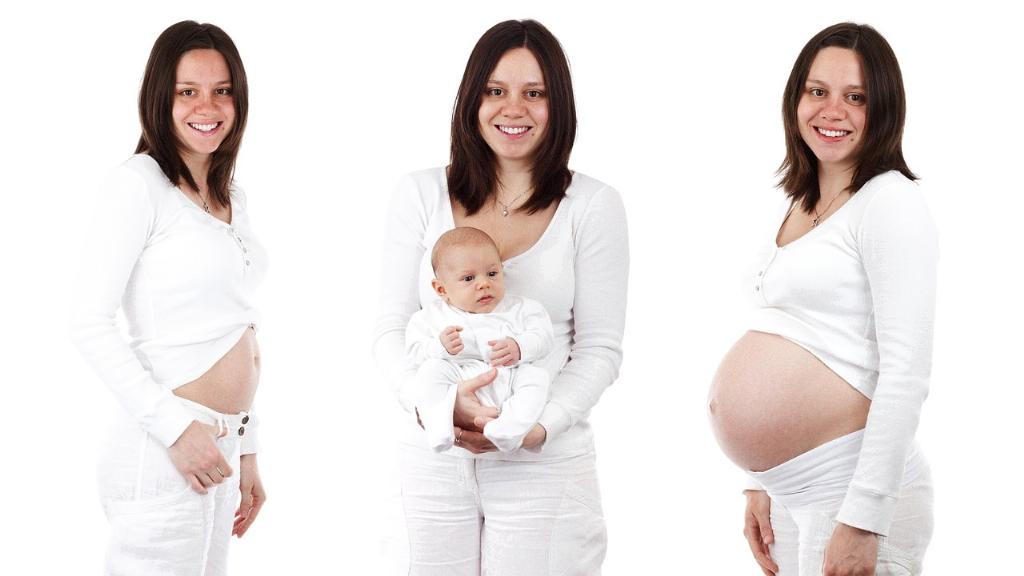Postpartum hair loss is a common concern for many new mothers. The sudden shedding of hair after giving birth can be alarming and stressful, leading to questions about the potential long-term effects on hair health. One pressing question that often arises is whether postpartum hair loss can progress into a more severe condition known as alopecia.
Postpartum Hair Loss Explained
Postpartum hair loss, also known as postpartum shedding, occurs due to hormonal changes in the body following childbirth. During pregnancy, elevated levels of hormones can prolong the hair growth phase, resulting in thicker and fuller hair. However, after giving birth, hormone levels drop, and the hair growth cycle returns to its normal pattern, causing excessive shedding.
The Link Between Postpartum Hair Loss and Alopecia
While postpartum hair loss can be distressing, it is essential to differentiate it from alopecia, a more severe and chronic hair loss condition. Postpartum shedding is typically temporary and resolves on its own within a few months as hormone levels stabilize. Alopecia, on the other hand, involves a more prolonged and often permanent loss of hair.
Factors Influencing Postpartum Hair Loss
Several factors can contribute to postpartum hair loss, including genetics, stress, nutrition, and overall health. While the shedding following childbirth is a natural phenomenon, certain underlying conditions or imbalances may exacerbate the hair loss and lead to more severe outcomes such as alopecia.
Preventing Postpartum Hair Loss Escalation
While postpartum shedding is generally considered a temporary and self-limiting issue, taking proactive steps to support hair health can help prevent further escalation into alopecia. Maintaining a balanced diet, managing stress levels, staying hydrated, and following a good hair care routine can all contribute to promoting healthy hair growth.
Recognizing the Symptoms of Alopecia
It is crucial to be aware of the signs and symptoms of alopecia to distinguish it from normal postpartum shedding. Alopecia presents as significant hair loss beyond the typical postpartum period, often resulting in bald patches or overall thinning of the hair. Consulting a healthcare provider or dermatologist can help diagnose and address alopecia effectively.
Seeking Professional Help
If postpartum hair loss persists or worsens, seeking professional guidance from a healthcare provider or dermatologist is advisable. These experts can assess the underlying causes of hair loss, provide appropriate treatment options, and offer personalized recommendations to support hair regrowth and overall scalp health.
Embracing the Natural Hair Growth Cycle
Understanding the natural cycle of hair growth and shedding can help alleviate concerns about postpartum hair loss evolving into alopecia. Hair goes through phases of growth, rest, and shedding, and postpartum shedding is a part of this normal process. Embracing this cycle with patience and care can aid in maintaining healthy hair.
Emotional Support and Self-Care
Dealing with postpartum hair loss can have emotional implications, impacting self-esteem and confidence. Engaging in self-care practices, seeking emotional support from loved ones, and focusing on overall well-being can help cope with the changes in hair appearance and promote a positive mindset during this transitional period.
Staying Informed and Empowered
By staying informed about postpartum hair loss, understanding its causes and effects, and seeking appropriate guidance when needed, individuals can feel empowered to address any concerns related to their hair health. Knowledge and proactive steps can contribute to maintaining healthy and vibrant hair postpartum.
Conclusion
In conclusion, while postpartum hair loss can be a distressing experience for new mothers, it is typically a temporary and reversible condition that does not necessarily progress into alopecia. By nurturing hair health, seeking professional advice when necessary, and embracing the natural hair growth cycle, individuals can navigate through postpartum shedding with confidence and care.

